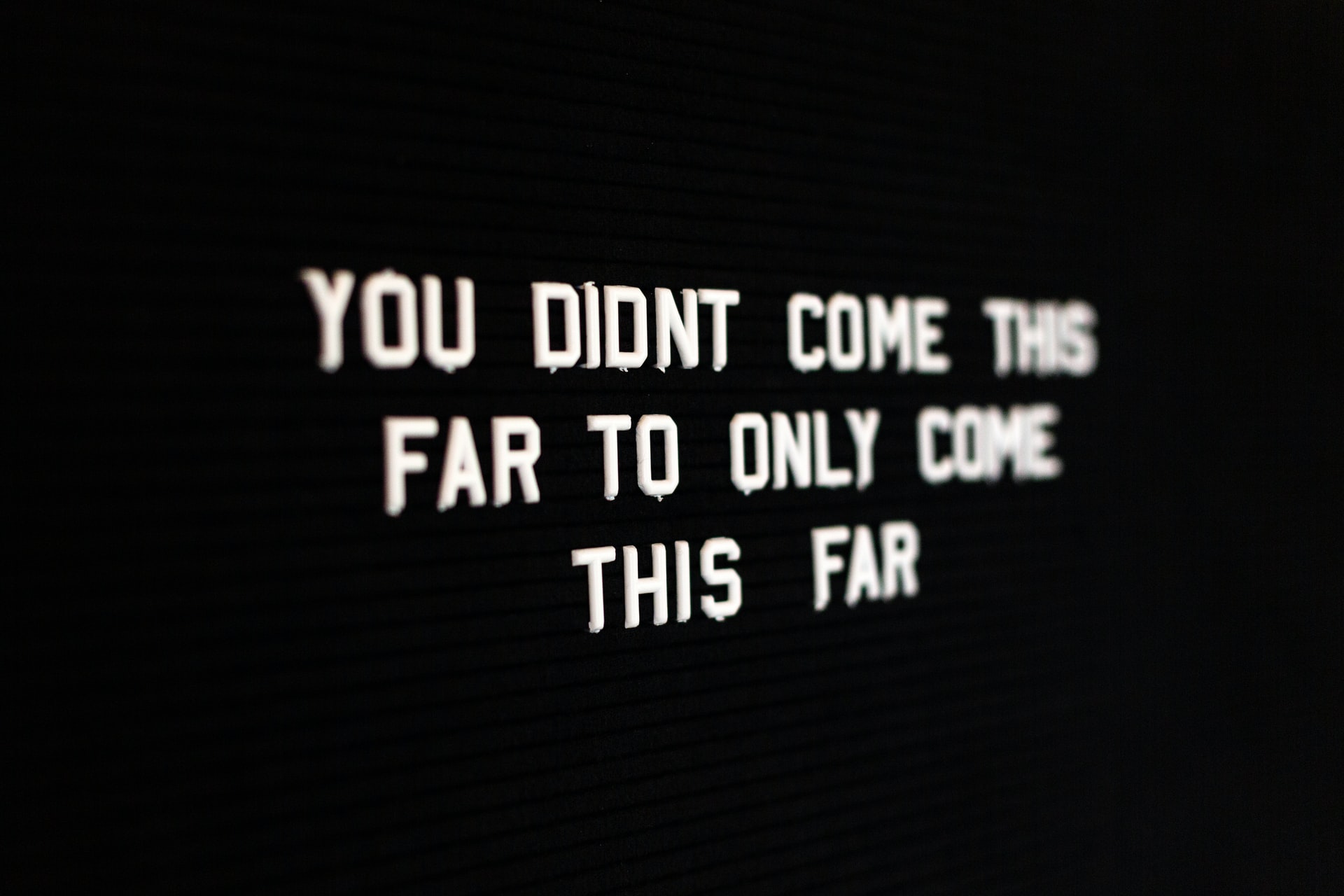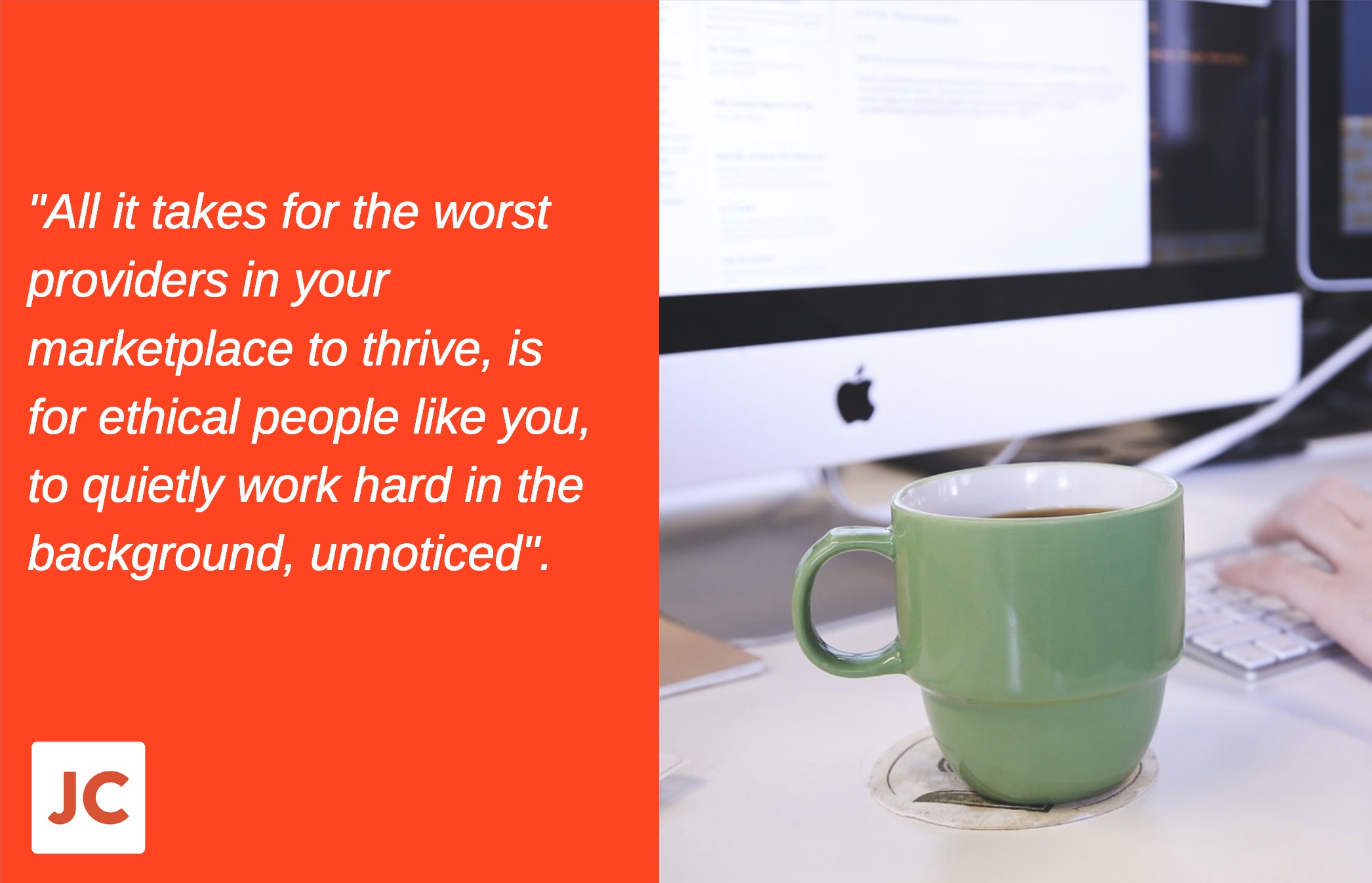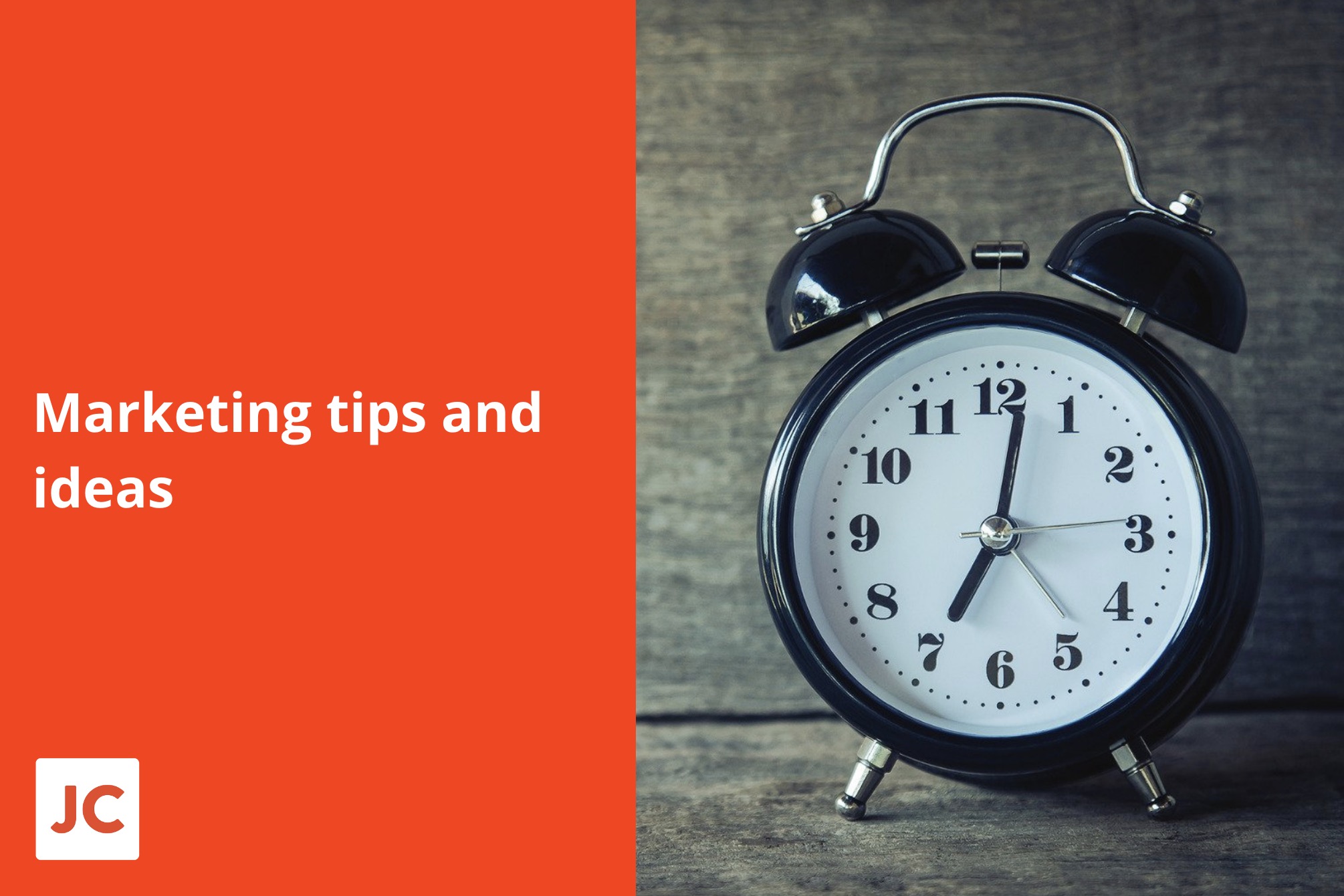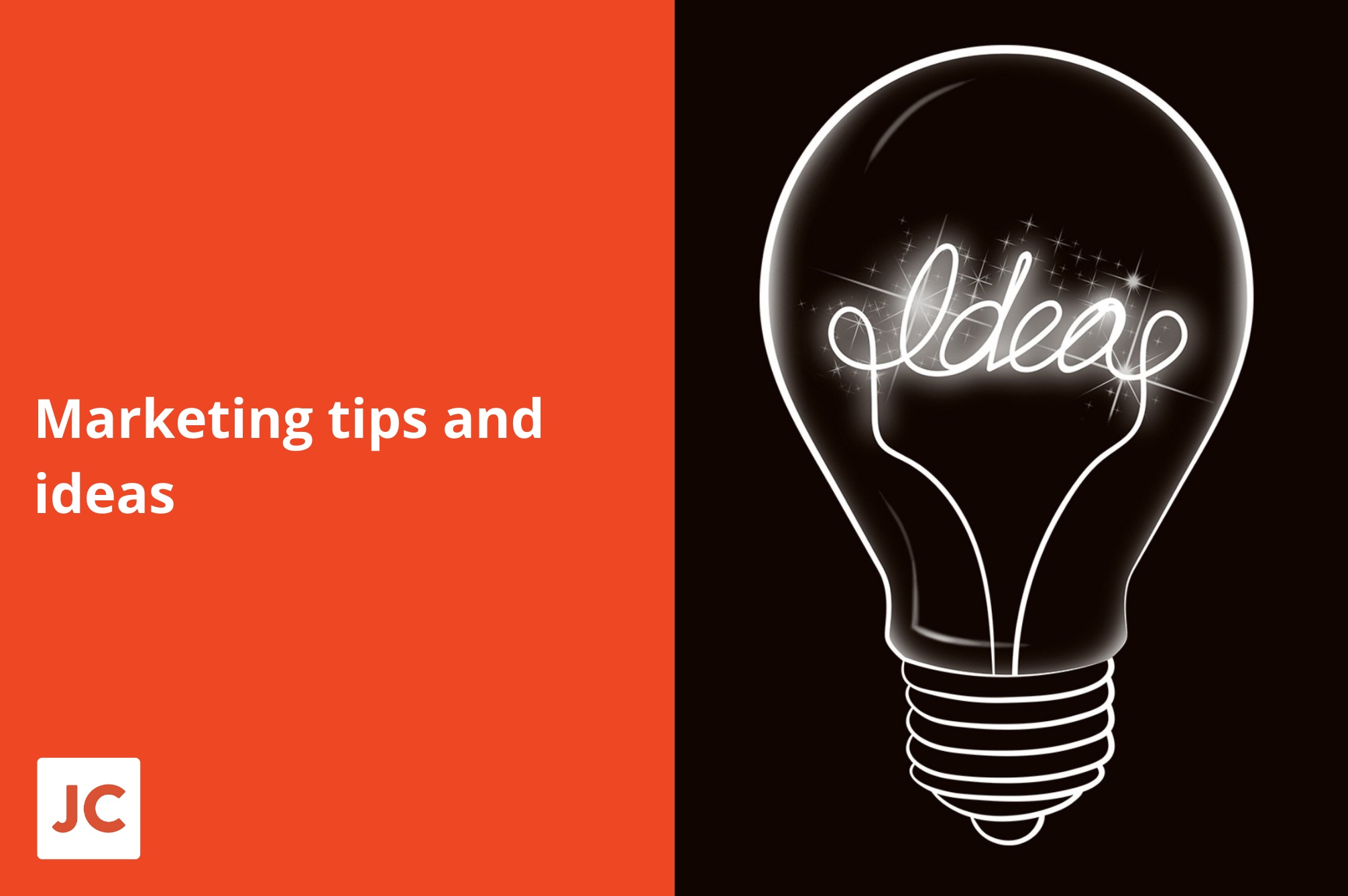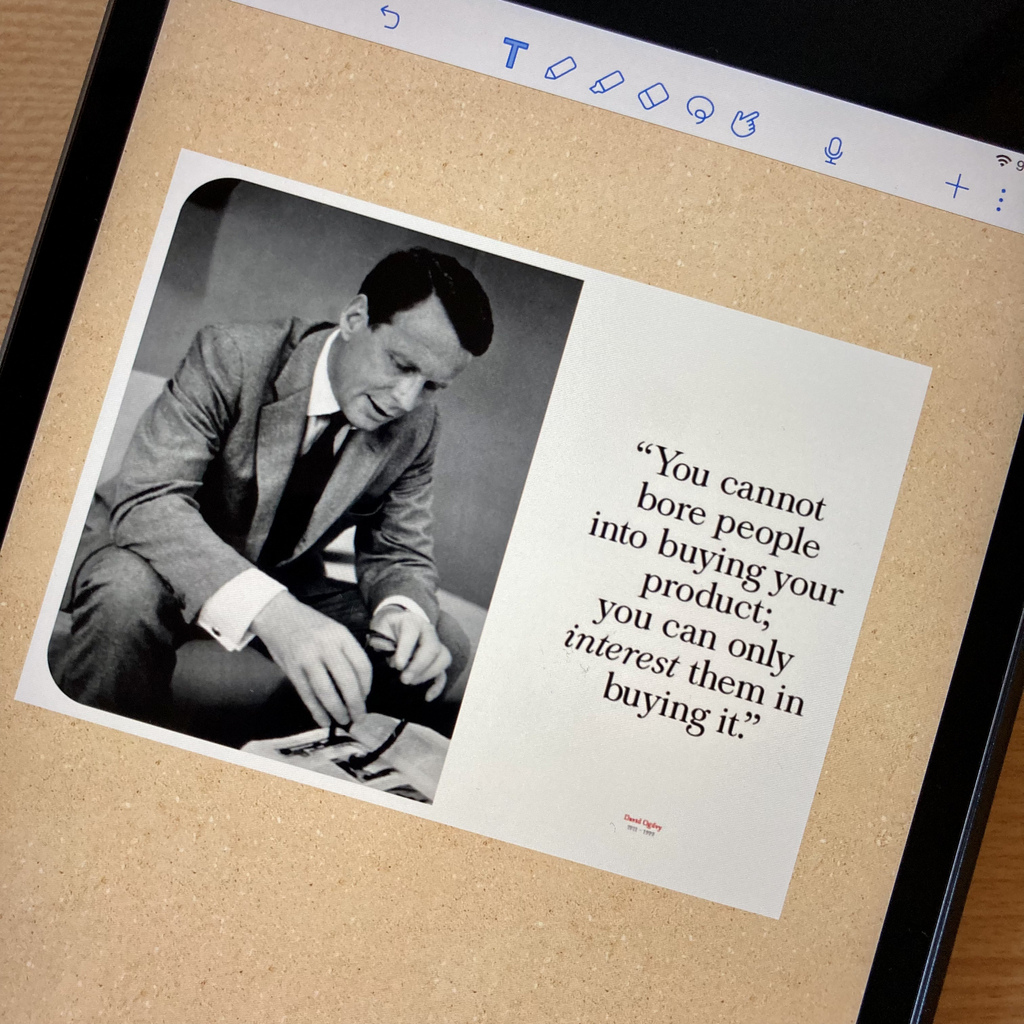
Image: Jim Connolly
The above quote from marketing legend David Ogilvy, builds on his belief that there’s little variation between most brands. The onus is on the brand-owner to create an interesting personality (or story), which clearly differentiates it and builds desire.
In his 1963 book, “Confessions of an advertising man“, Ogilvy expands on this.
“There isn’t any significant difference between the various brands of whiskey, or cigarettes or beer. They are all about the same. And so are the cake mixes and the detergents, and the margarines” “[…] The manufacturer who dedicates his advertising to building the most sharply defined personality for his brand will get the largest share of the market at the highest profit.”
Ogilvy’s message here is clear: Don’t invest your time, money or energy on the best way to advertise a product or service, until it has an interesting and well defined personality.
